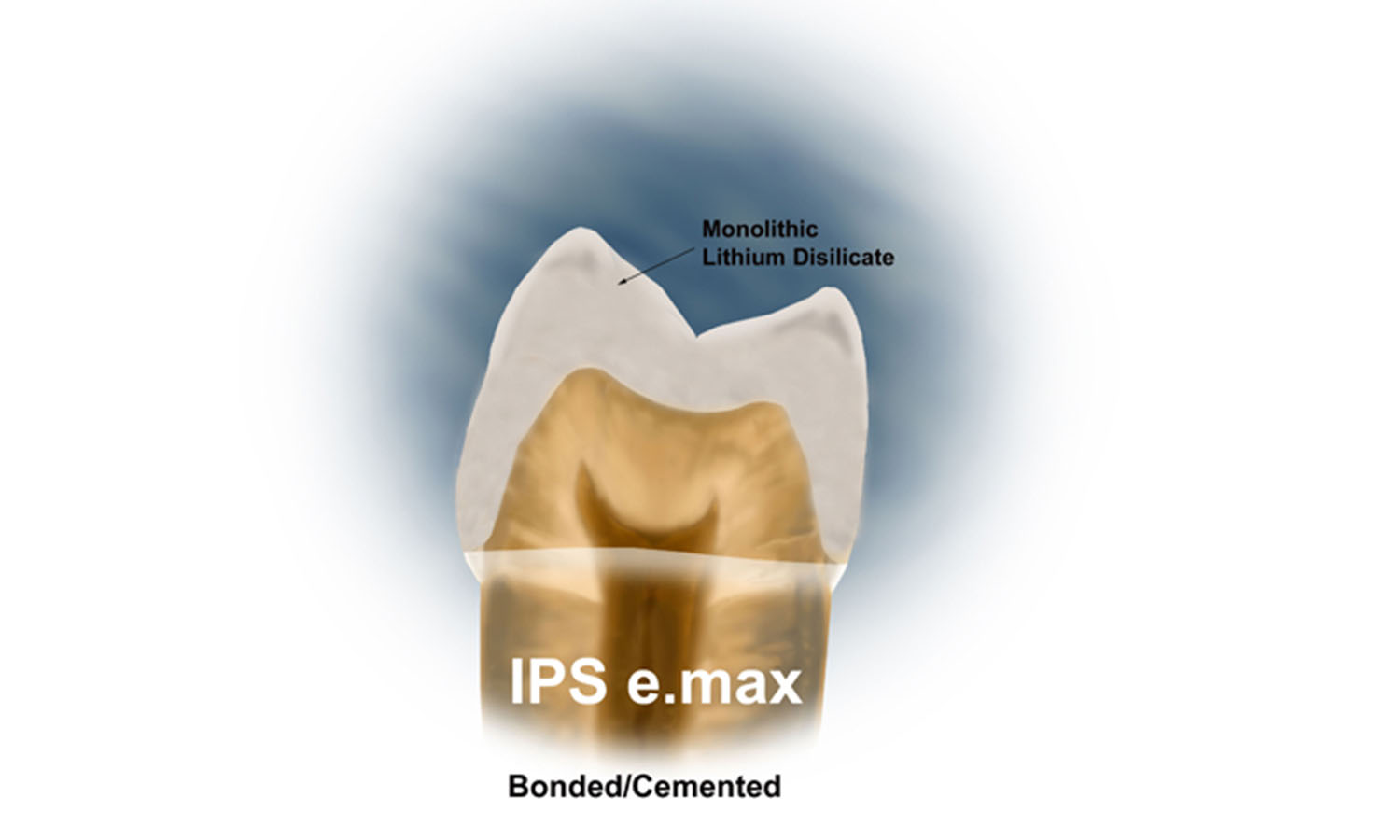There is little question that general dentists are increasingly selecting all-ceramic options over traditional porcelain-fused-to-metal as the material of choice for the fabrication of single crowns. Regardless of whether it’s milled or pressed, dentists are seeing their lab fees drop while pleasing esthetically driven patients. That seems like a “win-win” situation!
Having practiced for more than thirty-six years, I’ve seen a number of restorative products come and go. I successfully avoided the Dicor debacle, but suffered through multiple Procera failures thinking that the “all-ceramic” era had arrived! In short, it’s often smart to delay embracing new materials until each has been thoroughly tested and established a clinical “track-record.”
In his recent presentation for the 102nd Thomas P. Hinman Dental Meeting, Dr. Gordon Christensen, Co-Founder of Clinicians Report (formerly Clinical Research Associates) provided some interesting comments regarding material longevity. He suggested that cast gold crowns can easily last forty years, while porcelain-fused-to-metal crowns generally last only half as long. Present data, however, suggests that while single unit lithium disilicate (EMax) crowns are working well in all areas of the mouth, clinical judgment should be exercised when considering fixed anterior bridges under heavy occlusion.
All-ceramic crowns are often the material of choice for those patients who have a known allergy to certain metals. It is estimated that half of all women have an allergy to nickel, a common component in non-precious alloys. Indeed, statistics released by Glidewell Laboratories indicate that 34% of the porcelain-fused-to-metal crowns delivered in the U. S. last year were base metal! Clearly it’s important that the patient’s medical history include such information to avoid causing localized chronic gingival inflammation and bleeding!
Dr. Christensen also asked the more than three hundred dentists in attendance for their material preference for their own mouth. To restore any second molar or the lower first molar, cast gold was the nearly unanimous choice! Once crowns were required in the cosmetic zone, however, many preferred porcelain-fused-to-gold (upper first molars) or lithium disilicate (bicuspids). Interestingly, the material of choice to restore incisors was Empress (leucite reinforced ceramic)!
All-ceramic crowns are here to stay, and are constantly improving. Lithium disilicate (EMax) is a strong and beautiful material that offers the patient improved esthetics with minimal reduction, while enabling dentists to keep crown fees competitive by avoiding the use of expensive noble metals. Will EMax and other all-ceramic crowns replace the traditional porcelain-fused-to-metal crown? Only time will tell….
~~~~~~~~~~~~~~~~~~~~~~~~~~~~~~~~~~~~~~~~~~~~~~~~~~~~~~~~~~
 Tips, Tricks and Techniques for Practice Success
Tips, Tricks and Techniques for Practice Success
Examine the challenges that dental teams face daily and uncover solutions which enhance clinical skill, improve chair side efficiency, and empower the business team to build patient perceived value to the practice. In the accompanying workshop, attendees learn from each other as they resolve clinical and practice management ‘Now What?!’ scenarios!
~~~~~~~~~~~~~~~~~~~~~~~~~~~~~~~~~~~~~~~~~~~~~~~~~~~~~~~~~~
“Just make up your mind at the very outset that your work is going to stand for
quality….that you are going to stamp a superior quality upon everything that goes
out of your hands, that whatever you do shall bear the hall-mark of excellence.”
Orison Swett Marden



